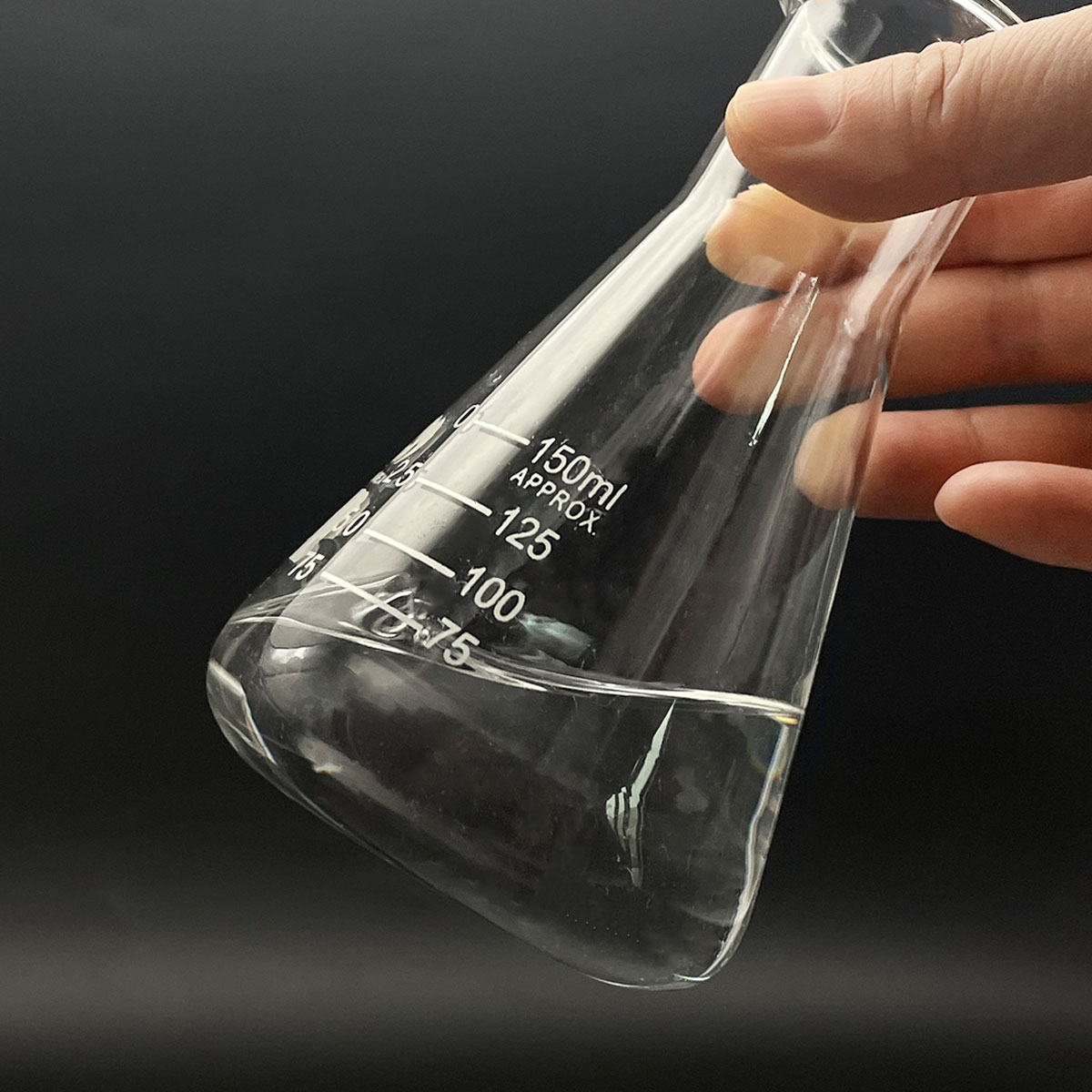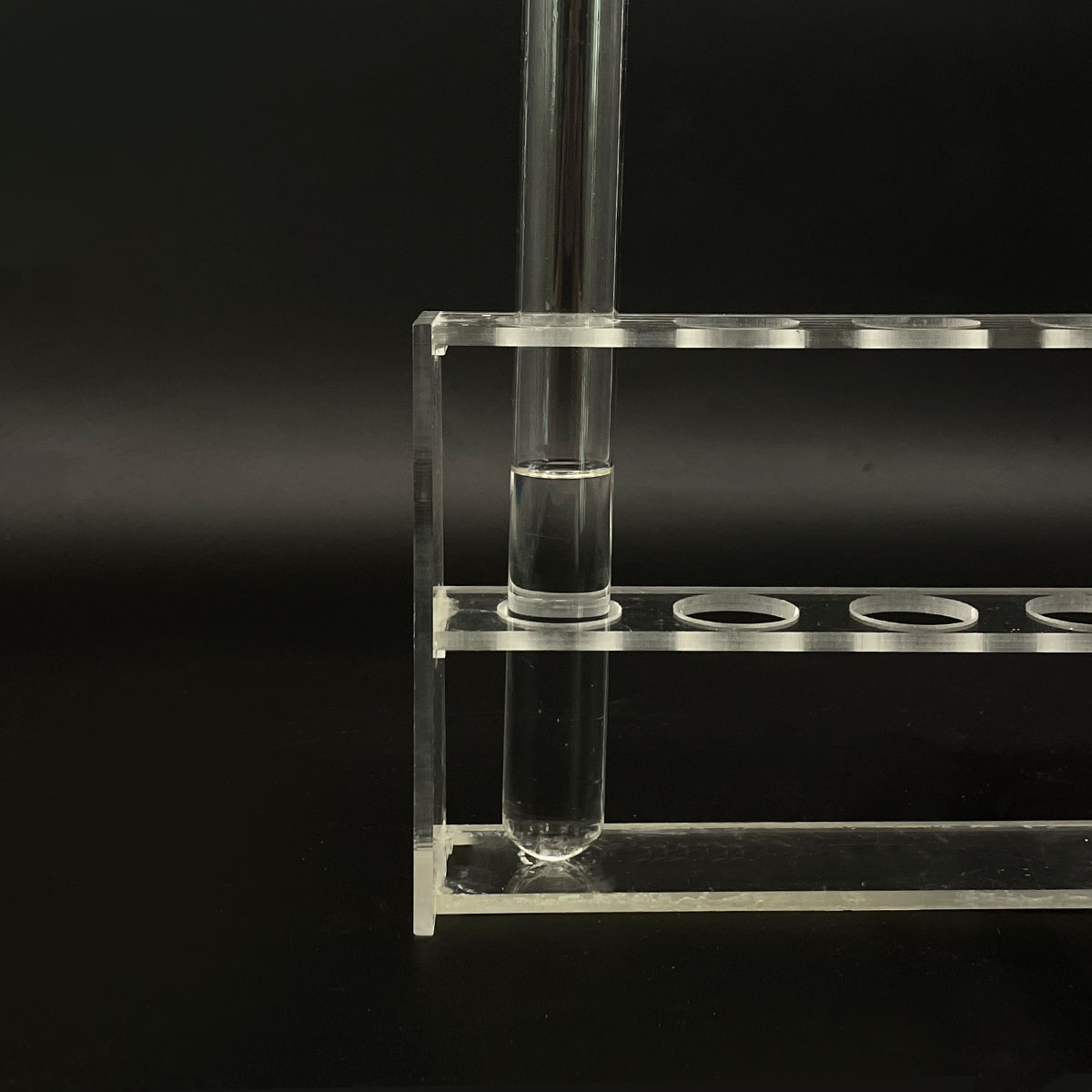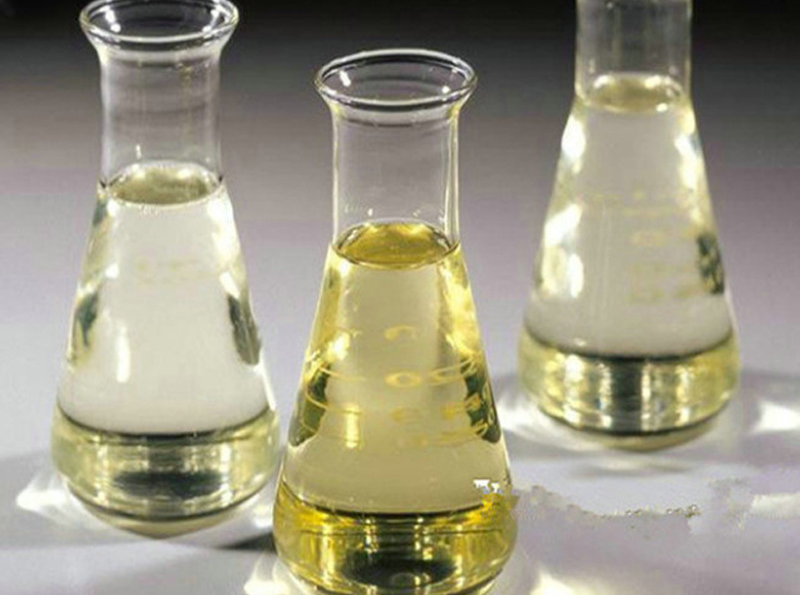Imagine trying to wash a greasy pan with plain water. Frustrating, right? The grease just laughs it off. That’s where the real heroes step in: surfactants. Think of them as tiny molecular peacekeepers. Their job? Getting oil and water to finally play nice. You find these little miracle workers everywhere – in your soap, your shampoo, your laundry detergent, even in your lungs.
(What Is Surfactant And What Is Its Function)
So, what exactly are they? The name “surfactant” is a mash-up: “surface active agent.” This name tells you exactly what they do. They work magic at surfaces, especially where water meets something else, like oil, dirt, or air. Picture a surfactant molecule. It looks a bit like a tiny tadpole. One end loves water. We call that end hydrophilic. The other end hates water but loves grease and oil. That’s the hydrophobic end. This split personality is their superpower.
Here’s how they tackle that greasy pan. When you add soap (packed with surfactants) to water, those molecules rush to the water’s surface. Their water-hating tails stick up into the air, trying to escape the water. Drop some oil into the mix? Those hydrophobic tails immediately dive into the greasy spot, like magnets to metal. The water-loving heads stay happily in the water. This action surrounds the oil droplet. The surfactant molecules form a little bridge, trapping the grease inside a bubble called a micelle. Now, the oil droplet is completely surrounded. Its outside is covered in water-loving heads. This means the whole package can now be rinsed away with water. The grease is lifted off and washed down the drain.
But surfactants do more than just clean dishes and clothes. They are masters of changing how liquids behave. They lower water’s surface tension. Surface tension is why water forms droplets and why some bugs can walk on it. Surfactants weaken that tension. This makes water “wetter.” It can spread out more easily and soak into fabrics or penetrate dirt better. Think about how laundry detergent helps water soak into dirty clothes instead of beading up. That’s surfactants at work.
They also create foam and bubbles. When you agitate soapy water, the surfactant molecules trap air, forming bubbles. Their structure stabilizes these bubbles for a while. This foaming action helps trap dirt particles so they can be rinsed away. Some products need lots of foam; others are designed to be low-foam. It depends on the job.
Their talents extend far beyond your bathroom. Farmers use surfactant-containing sprays to help pesticides stick to plant leaves and spread evenly. Firefighters add them to water; the reduced surface tension helps the water soak into burning materials faster, cooling them down more effectively. Paint makers rely on them to blend ingredients smoothly and help the paint spread evenly on your wall. Even inside your lungs, a special surfactant coating the tiny air sacs keeps them from collapsing when you breathe out. It’s vital for life.
(What Is Surfactant And What Is Its Function)
Next time you see bubbles in your sink or suds in your hair, remember the tiny molecular peacemakers making it happen. They are the unsung heroes bridging the gap between water and oil, making the impossible cleaning tasks suddenly very possible. They turn a battle into teamwork, one greasy dish at a time. You see them cleaning up oil spills, helping medicines work, and even making your ice cream smoother. They truly are the quiet giants of the everyday world.
Inquiry us
if you want to want to know more, please feel free to contact us. (nanotrun@yahoo.com)




